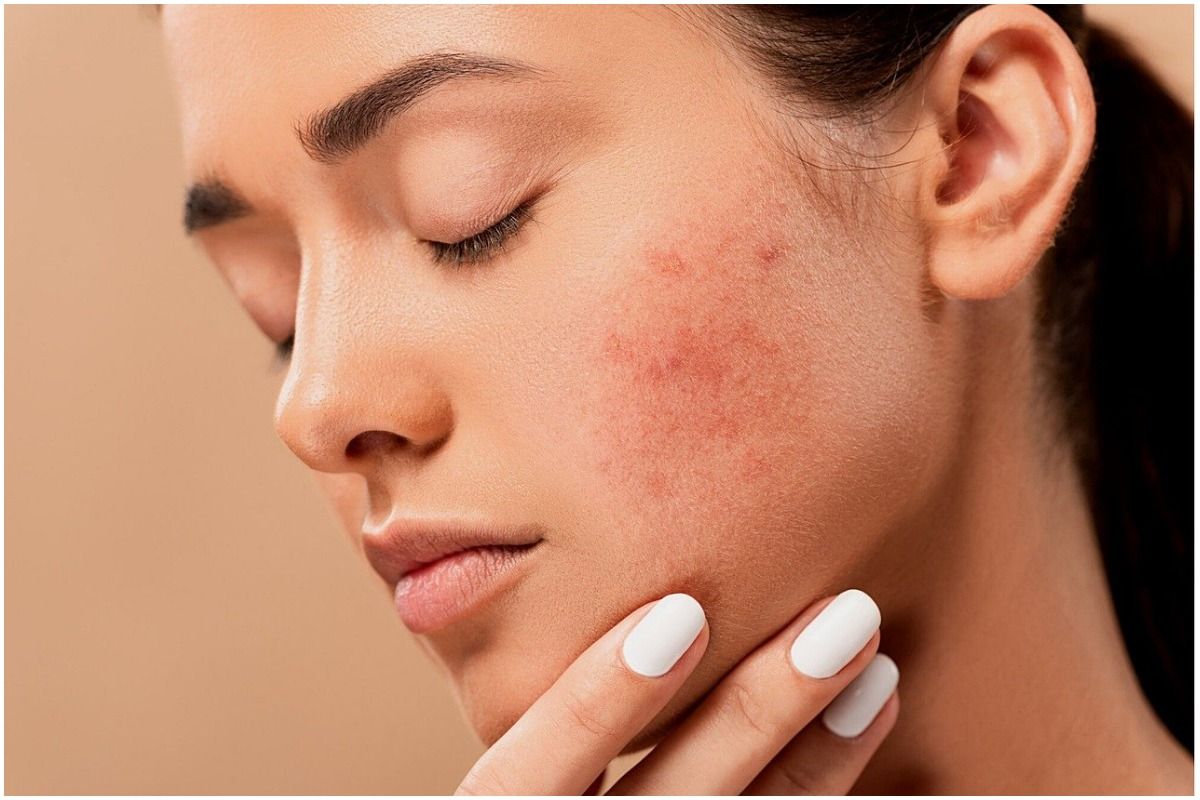Winter Skincare: If you’ve ever had to deal with a winter rash, you know how much of a nuisance it is. The cold, dry air outside saps the moisture from your skin and makes it vulnerable to damage. If you do not moisturize regularly, it may lead to a winter rash. Let us, therefore, see how you can identify and treat it in time.
What Are The Signs?
Usually red, swollen, or flaky skin is a telltale sign of a winter rash. Apart from this, the skin might feel sensitive to touch and maybe itchy as well. You may also notice the presence of bumps or blisters in the affected area. Although a winter rash can form on any part of your body, it is more common in areas that are prone to chafing such as the underside of your thighs, your armpits, etc.
Who Can Get a Winter Rash?
Actually, anyone can get a winter rash. It isn’t an exclusive thing. However, people with a history of certain skin diseases are more likely to develop a winter rash. These diseases include Eczema, Psoriasis, and Rosacea among others.
How do Winter Rashes Develop?
The outermost layer of your skin acts as a barrier between the harsh weather conditions out there and the more sensitive layers of your skin that are situated deeper. Due to the cold temperatures, low humidity, and high winds during the winter season, this outermost layer gets dehydrated and you may develop a winter rash.
Even though the chilly air is mostly responsible for the winter rash, some of the factors listed below can also compound the problem.
- Sunburn. (It isn’t exclusive to summers only. You can get a sunburn in winters too if you’re not careful)
- Synthetic soaps or synthetic beauty products.
- Bacterial or viral infections
- An excessive amount of outdoor activities?
Treating a Winter Rash
Treating a winter rash is no rocket science. Luckily, there are several ways to naturally treat a winter rash or prevent it from ever developing. They are as follows:
- Keep your skin moisturized by using moisturising lotions or creams.
- If your skin is feeling irritated, you can get some relief by applying olive oil or coconut oil to the affected area.
- Dip a clean piece of cloth in whole milk and apply to the affected area. It will offer instant relief from the itching.
- Avoid using synthetic soaps and use herbal, natural soaps instead.
- Do not rub or scratch the affected area. It would only make things worse and may even cause bleeding.
How to Prevent a Winter Rash From Ever Developing in The First Place?
If you never want to have to deal with a winter rash, follow these simple tips:
- Invest in a good herbal moisturizer and remember to moisturize your skin regularly.
- Bathe with lukewarm water instead of scalding hot water.
- Use a natural soap.
- Wear protective clothing like hat, scarf, and gloves before going outdoors.
- Do not step out of the house without wearing sunscreen. Just because you can’t see the sun doesn’t mean the sun can’t see you.
Most winter rashes will go away quickly with these DIY treatments. However, if your rash persists or causes excessive pain, seek out an appointment with a dermatologist.
